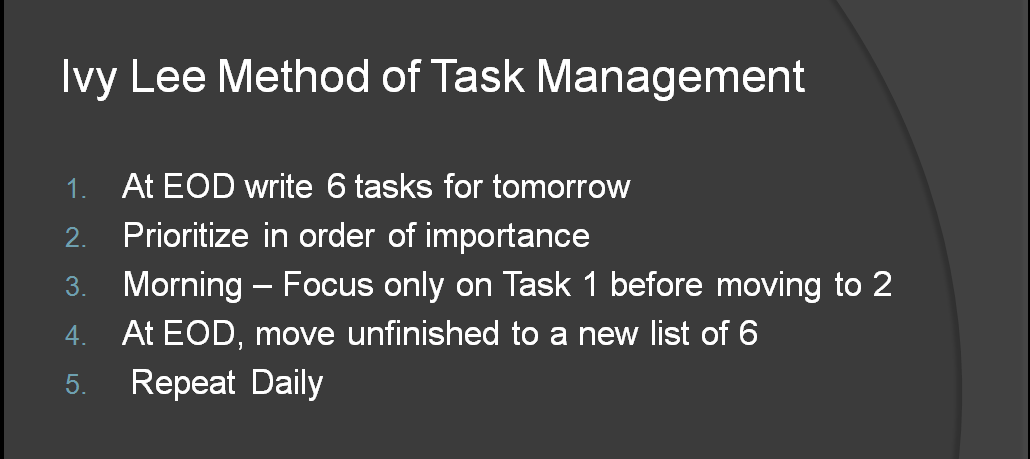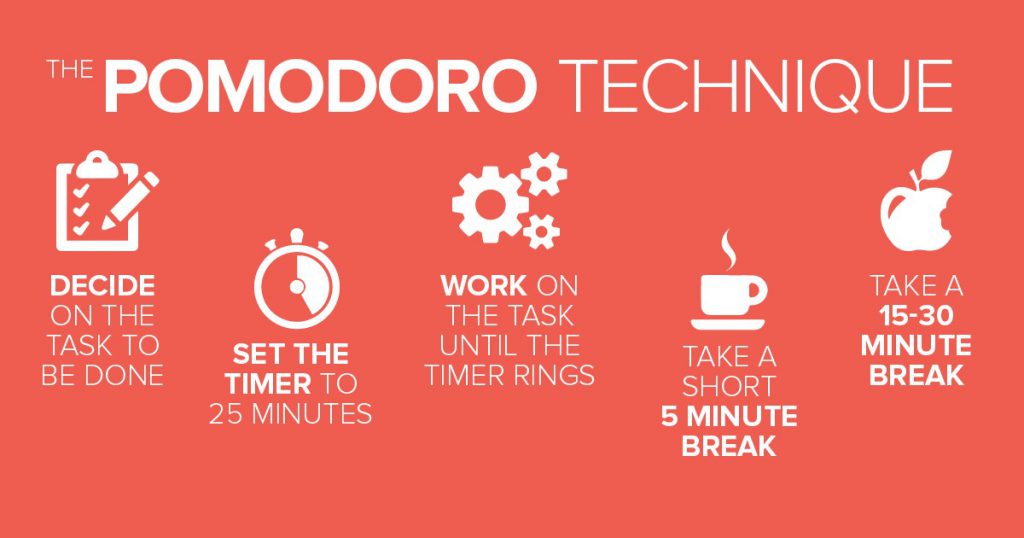When you’re a freelancer, your job is time management, not the projects on your plate. Since your work hours are defined by you, it’s sometimes hard to figure out what schedule or work pattern is best for you. Due to this, you end up working late nights or on Sunday evenings. If this helps you stay productive, continue your haphazard routine! But, if you’re looking to manage your time more smartly and boost your productivity, we’ve got just the guide for you!
Read on for some tried and proven time management tips for freelancers.
Top 10 Time Management Tips for Freelancers
1. Plan your tasks for the week on Sunday night
You don’t want to wake up on Monday and start the day planning out your tasks. It’s always better to start your week with one of your more important tasks for the week.
So, to ensure your week starts off productive, create your task week the night prior. Take half an hour out of your relaxed Sunday night to list down your work for the week ahead. This way, you wake up on Monday ready to jump into work!
Time management for millennials is critical.
2. Use the Ivy Lee method for peak productivity
When you’re self-managed, you tend to over assign tasks to yourself. We’ve all been there; when planning, we assume we can complete more tasks than impossible. This also means that you end up shuffling between different tasks, ending up not finishing any of them.
A great way to ensure you are crossing off tasks without overwhelming yourself is by using the ‘Ivy Lee method’.

Here’s how this simple routine works:
- Write down the six most important things you need to accomplish the next day. Refer to the weekly to-do list you already have in place. Do not write down more than six tasks.
- Prioritize those six items in order of their importance.
- The next day, start only on the first task. Start on the second task only once you’ve done the first task.
- Approach the rest of your list in the same way. At the end of the day, move any unfinished items to a new list of six tasks for the following day.
- Repeat this process every working day.
This disciplined routine allows you to focus on one thing at a time and your mind isn’t wandering off thinking about pending tasks.
3. Use your high energy hours for deep work
The most undervalued time management tactic is prioritization. For most people, their energy levels are high at the beginning of the day, making it the best time to start with some heavy lifting. Instead of sitting down on your inbox or a meeting within your first work hour, start by writing that blog you need to send out or a design project you’ve just started working on.
Figure out your productive hours so that you can block those hours out in your calendar, mute all calls and notifications and maximize those hours to get more done. Time management is essentially being able to manage your energy in a way that you get the most out of your workday.
4. Schedule meetings and inboxes in low energy hours
If you’re a morning person, you would have completed the bulk of your tasks for the day. This means, your evenings are a little less hectic. But, you still have mundane tasks on your plate like clearing your inbox, attending meetings, and sharing your work on social media. For you, evenings are the best time to tackle these smaller items on your to-do list.
However, if you function slower in the morning, don’t hesitate to use those hours to complete these smaller tasks so you can use your evening energy to sprint through your big projects.
5. Set a fixed schedule
Traditional work schedules allow employees to keep their work hours in check, ensuring that they’ve finished their tasks for the day when they leave the office. As a freelancer, you can even work from your bed at 8pm on a Saturday (but you shouldn’t!). Since there is no concept of office timings, many freelancers tend to use their personal hours to work and end up with a messy schedule.
The most important time management routine that every freelancer needs is a fixed schedule. Set down a rough time schedule— wake up, work out, start working, switch off your laptop.
You could go with the usual 9-to-5 work timing or slot your active hours into two 4-hour slots, with a quick afternoon nap and a workout in between. With a schedule in place, you can ensure you aren’t overworking on the daily and have enough time for yourself to unwind.
6. Track your time based on the project you are working on
Time tracking is an essential, but often overlooked, part of time management. By tracking the time you put into specific tasks or projects, you can understand how long you take for certain projects and plan smarter in the future.
Use time tracking apps like AttendanceBot to quickly track your hours and understand your work trends. You may find out that you spend less time writing one client’s article when compared to another.
This is especially important if you’re charging your clients by the hour. AttendanceBot helps you track your billable hours. The timesheet calculator also takeaway having to do this manually!
Create clients within the smart bot, set your hourly rates and instantly check-in when you start working on their project. You can retrieve this data later on when you’re sending out your invoice.
7. Work in short bursts
Working for 3 or 4 hours straight isn’t a sustainable way to function. You’ll notice by hour 2 that you’re drained and aren’t putting out quality work. That’s where time management techniques like Pomodoro can help.
The Pomodoro technique encourages people to work with the time you have. It breaks your workday into 25 minutes of deep work with 5-minute breaks in between. Once you’ve completed 4 slots of deep work, you take a 15-minute break. You may be wondering, how does this technique improve your productivity?
These 25-minute slots instill urgency and you’re pushed to focus more so that you can make the most progress within that time period. What’s more, those forced breaks ensure you don’t burn out.

8. Minimize distractions from social media and email
Let’s be honest— we’ve all been distracted by social media. It’s either the constant notifications that draw us back to scrolling through Instagram or a lapse in judgment that makes us peek into Facebook on our laptop. And it may surprise you that even your inbox can be distracting!
Many of us are always available on our inbox, instant at replying to new emails. This way, you end up pausing your more important work to take care of a small, trivial task.
Avoid distractions by installing smart extensions like StayFocusd on your web browser to keep you away from Facebook and other social media sites. You can get an app that blocks social media apps on your phone for specific hours. When it comes to your inbox, set two timings that you plan to check your emails and reply to any new messages.
9. Change up your work environment
If you work out of your home or your office, it can get pretty boring. By mid-week, you might find yourself zoning out or slowing down. The best solution to ensure your work isn’t affected by this lull is changing your environment.
Visit a nearby coffee shop or library to give your brain a much-needed refresher. Some freelancers even schedule one day a week to go to their favorite cafe or work from home if they usually work from their office.
10. Avoid overwhelming yourself
Every freelancer has set themselves up for exhaustion by taking on too many projects and cramming their days with work. One time management tip that many freelancers have missed out on is being able to say no and balancing the number of projects you take up at once.
Put a cap on the number of projects you take on at once and if there are newer projects that are highly interesting, you can even ask the client for a longer timeline.
Knowing when to say no to new projects and keeping your workload to your capacity is important if you want to deliver quality work to your clients.
We hope these help you manage your time better, cross off tasks faster, and work in peak productivity!
Got more tips to share? We’d love to include them in this article. Drop us a message or simply a comment below with your little time management hacks!



